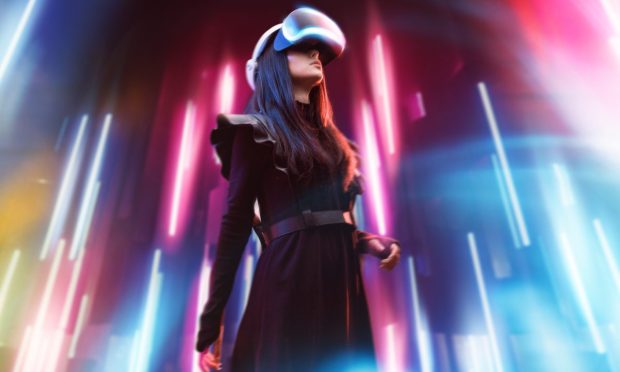Fashion, Apparel Brands See Increasing Opportunity in Metaverse

For the past several weeks, eyes have been on high fashion, first with New York Fashion Week at the beginning of September before moving to London, Milan and this week, Paris fashion weeks.
But beyond these cultural capitals of the physical world, a different fashion show is happening in the metaverse, the virtual worlds in which people increasingly immerse themselves. Last week, Balenciaga dropped a series of new outfits for players in Epic Games’ Fortnite to display on their characters, along with a lookbook and retail store within the digital world.
Balenciaga also dropped a limited run of physical apparel at select stores and online inspired by the collaboration with Fortnite. Items range from about $400 for a cap to over $2,500 for a gamer jacket.
Adam Sussman, president at Epic Games, said Balenciaga is the first fashion partner for Fortnite, though competitor Roblox earlier this year saw a virtual Gucci bag sell for an average of $1,578, slightly more than the real-world price of the purse.
Other apparel brands have also gotten into the virtual styling game, with Vans last month launching a skatepark experience within the Roblox metaverse that allows players to virtually skate with their friends as well as shop for exclusive Vans gear. Last month, Roblox said its average daily user count has increased 29% year over year.
Related: Gaming Platforms Betting On ‘The Metaverse’ As Next Internet
David Ripert, co-founder and CEO of Poplar Studio, told PYMNTS in a recent interview that the metaverse is something brands need to start taking quickly seriously, especially with companies such as Facebook making big investments in the technology. “A brand needs to be ready to deploy their products within those environments,” he said, adding, “It’s all crossing over, the physical and the virtual.”
The Future is Now
The metaverse isn’t necessarily a new idea — the term was coined in 1992 in Neal Stephenson’s novel “Snow Crash” — but as technology has advanced far enough to meet the human imagination, the concept has turned from science fiction to a realistic concept. In July, Facebook Founder and CEO Mark Zuckerberg said the social media giant sees the metaverse as “the successor of the mobile internet … and the next chapter of us as a company.”
Facebook is experimenting with a virtual reality (VR) social experience called Horizon, which allows users to explore virtual worlds, compete with friends and collaborate with co-workers. Horizon is currently in an invite-only beta, and is run by Oculus, the VR company acquired by Facebook in 2014.
“In many ways, the metaverse is the ultimate expression of social technology,” Zuckerberg told analysts on a conference call.
Read more: Facebook Highlights eCommerce, Metaverse Plans As Pressure On Ad Business Grows
But perhaps standing in the way of wider adoption of the metaverse — or, at least, Zuckerberg’s vision of it — is the need for a VR headset, which can cost upwards of $300. According to eMarketer, 28 million people in the U.S. use VR headsets, with that number only expected to increase to about 33 million by 2023.
Still, Roblox and Fortnite have found success in their virtual worlds without the use of VR, suggesting that for some, immersion doesn’t necessarily mean completely blocking out the outside world. It remains to be seen, though, how disparate virtual realms will interact with each other and how companies will handle privacy concerns.
Ripert noted that VR technology is moving fast, and “the future is … two to five years down the road, which in tech is nothing.”
“It’s something retailers need to experiment with now and start to get ready for because it’s whoever starts first and builds these experiences that’s going to really bring that new generation of consumers into the store,” he said.
Readers also liked: Augmented Reality Helping Build ‘Store of the Future’
